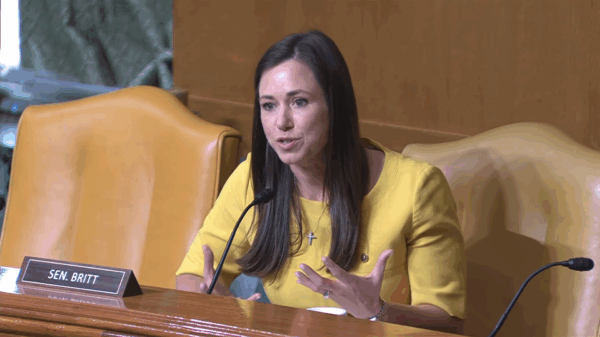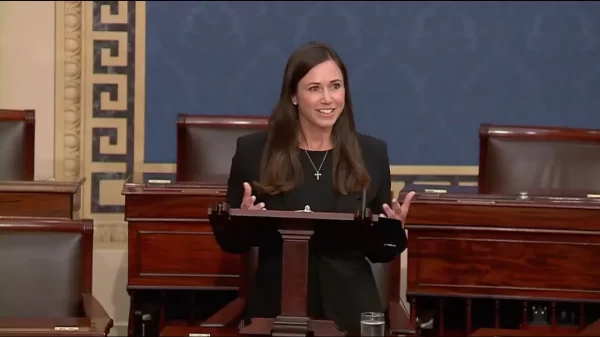Every parent knows that raising a family comes with important decisions: where to send your child to school, what after-school activities they will participate in, or where you’ll take them to daycare.
These decisions come at a significant cost, especially in an economy marked by Joe Biden’s soaring inflation rates.
As inflation continues its upward trajectory, the financial strain on working families has become increasingly evident, placing an additional burden on parents who juggle child care alongside their professional responsibilities.
Every day, working parents are faced with yet another parenting decision: to care for their children or provide for their family.
This issue isn’t a new one.
Even before the current economic challenges, access to affordable, quality child care was a pressing issue in Alabama. In 2022, nearly 85,000 families in the state found themselves without viable child care options due to staffing shortages, unaffordability, or concerns about quality.
America’s economic downturn exacerbated this situation, transforming Alabama into what can be described as a child care desert, leaving working families struggling to find adequate and accessible options for child care.
In Alabama, parents make up 35% of the workforce, meaning access to high-quality, affordable child care would boost labor force participation and drive economic growth at regional and statewide levels.
As the Chairman of the Fiscal Responsibility & Economic Development Committee, I continually hear the resounding call for more people to join the workforce. This year, in the Alabama Legislature, we are committed to removing obstacles that keep Alabamians on the sidelines of participating in the labor force.
It is a three-pronged approach to child care: employer credits, child care-provided credits, and nonprofit provider credits.
The proposed Child Care Tax Credits initiative offers credits to 1. businesses that offset child care costs and provide support through stipends, onsite facilities, or reserved spots at licensed centers 2. child care providers participating in quality improvement programs, encouraging them to improve their standards and enroll more children, and 3. nonprofit providers who expand capacity and improve quality.
In the first year alone, Child Care Tax Credits are projected to affect 7,079 families and 10,000 children, potentially reaching nearly 58,000 families and 50,000 children over five years.
Through the implementation of each of these Child Care Tax Credits, we will strategically invest in Alabama’s economy by incentivizing both employers and child care providers to expand access to child care services and allow parents to both care for their child and provide for their family.
By implementing a common-sense child tax credit policy that helps parents return to work without sacrificing their children’s upbringing, Alabama will continue to lay the foundation for a pro-life and pro-family future.
It is time to invest in the industry that keeps Alabama working: child care.























































